Join the VIP Teacher Club!
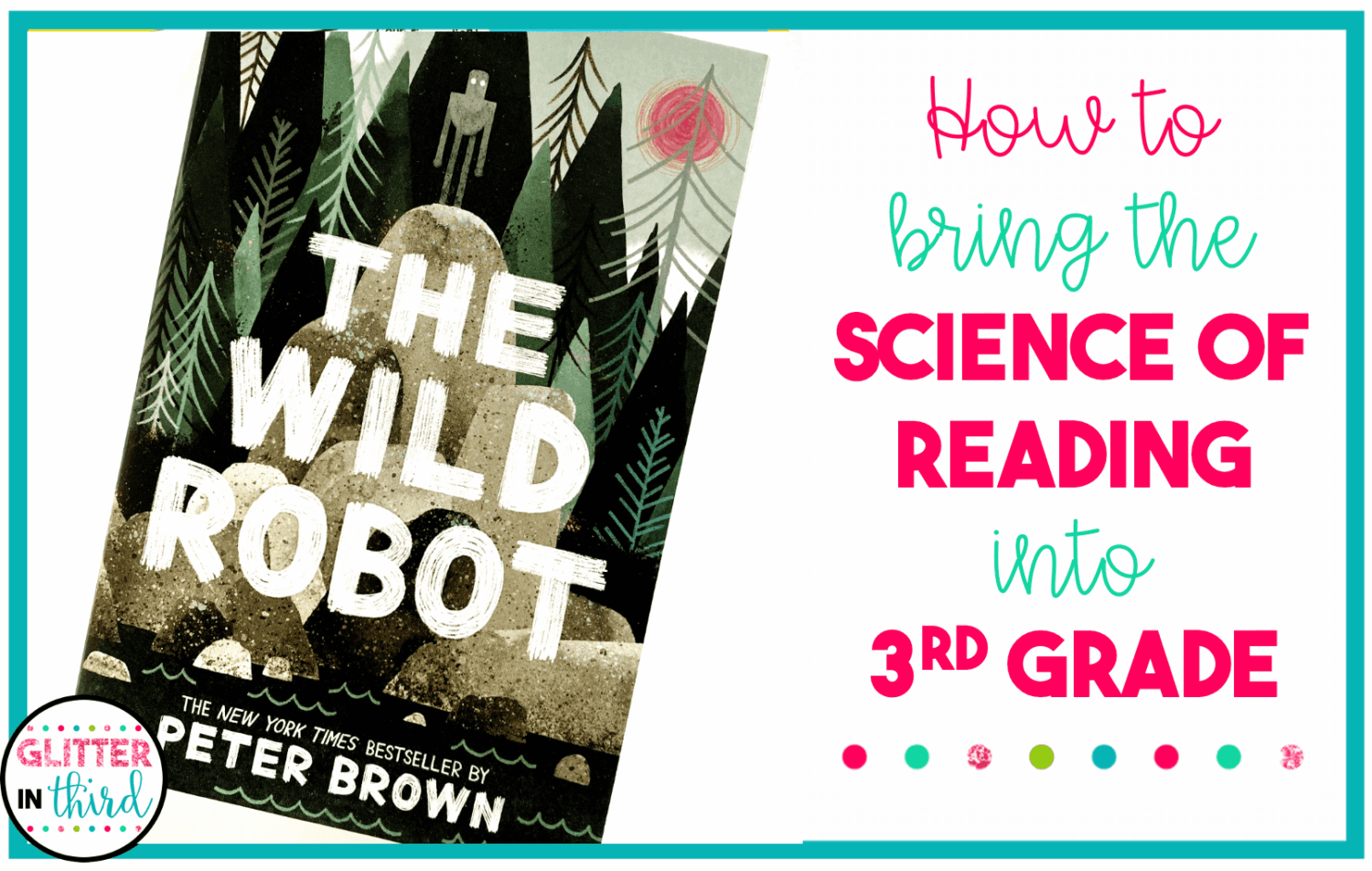
If you’ve ever thought, “I know the Science of Reading matters, but how do I actually fit it into my 3rd grade schedule?”—you’re not alone.
There’s a lot of buzz about the Science of Reading, but making it work in a real classroom with real kids, real time limits, and real standards can feel overwhelming. The good news? You don’t have to scrap everything and start over.
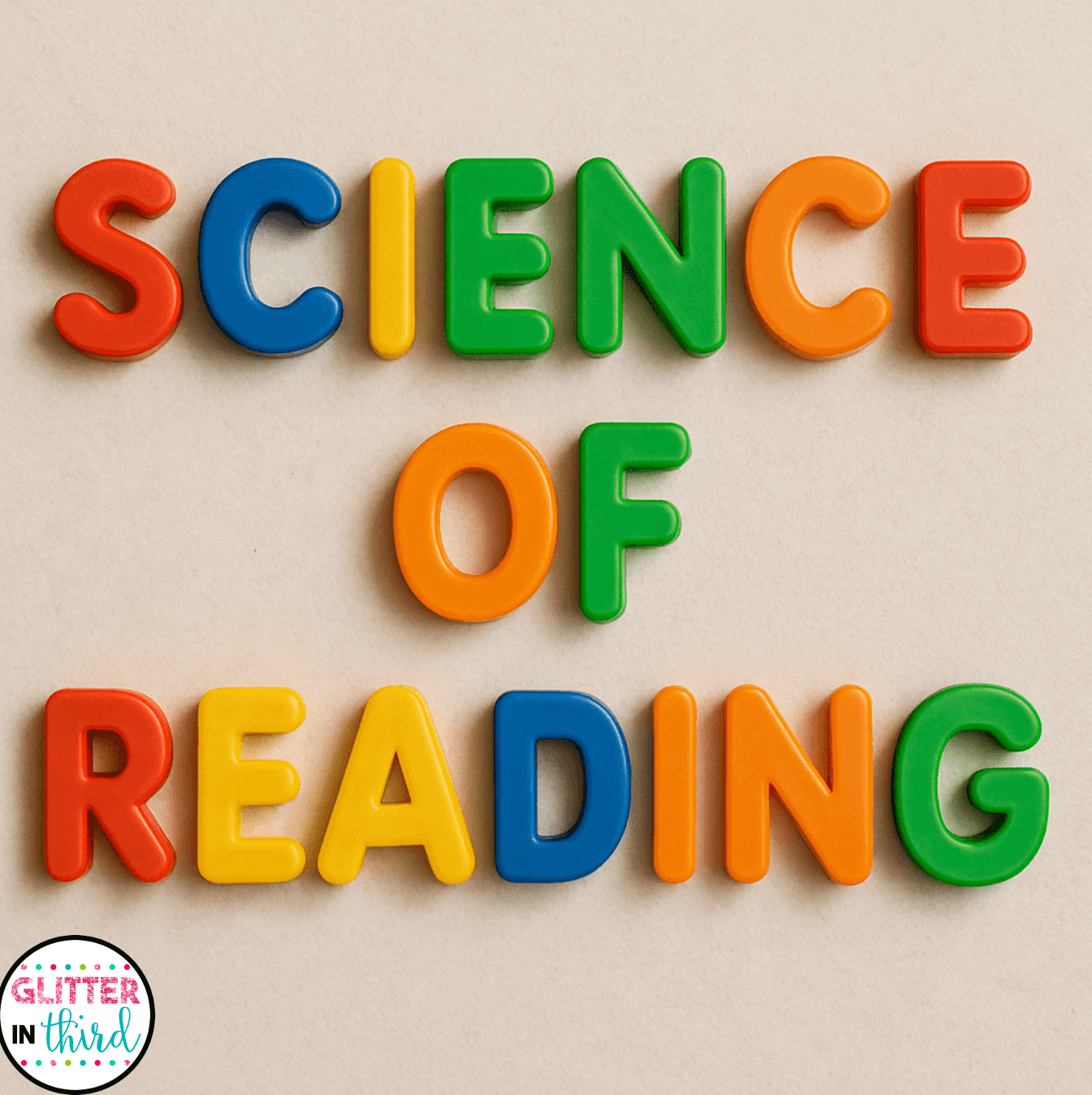
The Science of Reading is a large body of research that explains how kids learn to read—and what kind of instruction actually works. It’s not a program or a quick fix. It’s about understanding how reading develops so we can make better choices in the classroom.
In the early grades, it’s pretty straightforward: teach sounds, blending, and fluency.
But by 3rd grade, most kids are reading—but they still need support. The Science of Reading still applies—just in a more layered way. If you’ve seen Scarborough’s Reading Rope, you know how decoding and comprehension weave together over time. (I break it down here if you want a closer look.)
By 3rd grade, many students are no longer learning to read—they’re reading to learn. But that doesn’t mean we stop teaching decoding.
This is where things get deeper. Comprehension isn’t just “thinking about what you read”—it’s built on several layers:
You don’t need a new curriculum or hours of PD to bring the Science of Reading into your block. Small, purposeful shifts to what you’re already doing can make a big difference.
The goal isn’t to toss out what’s working—it’s to add structure and routines that reflect what the research says and work in a real 3rd grade classroom.
Here are five easy ways to make it happen—without overhauling your day.
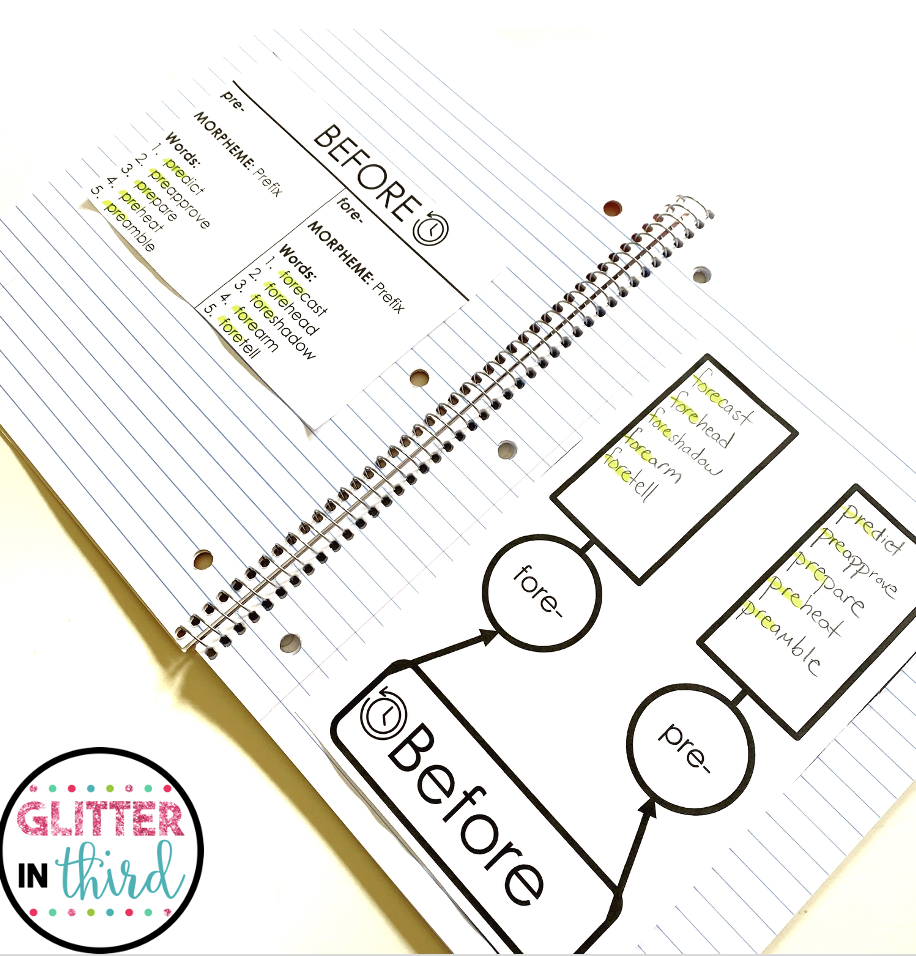
In the early grades, decoding usually means sounding out simple words like cat or jump. But by 3rd grade, decoding starts to look a little different.
Now, students are coming across longer, more complex words—especially in science, social studies, and math. That’s where morphology comes in.
Decoding at this stage isn’t just about sounds—it’s about breaking words into meaningful parts. Prefixes, suffixes, and root words help students figure out what unfamiliar words mean, not just how they sound.
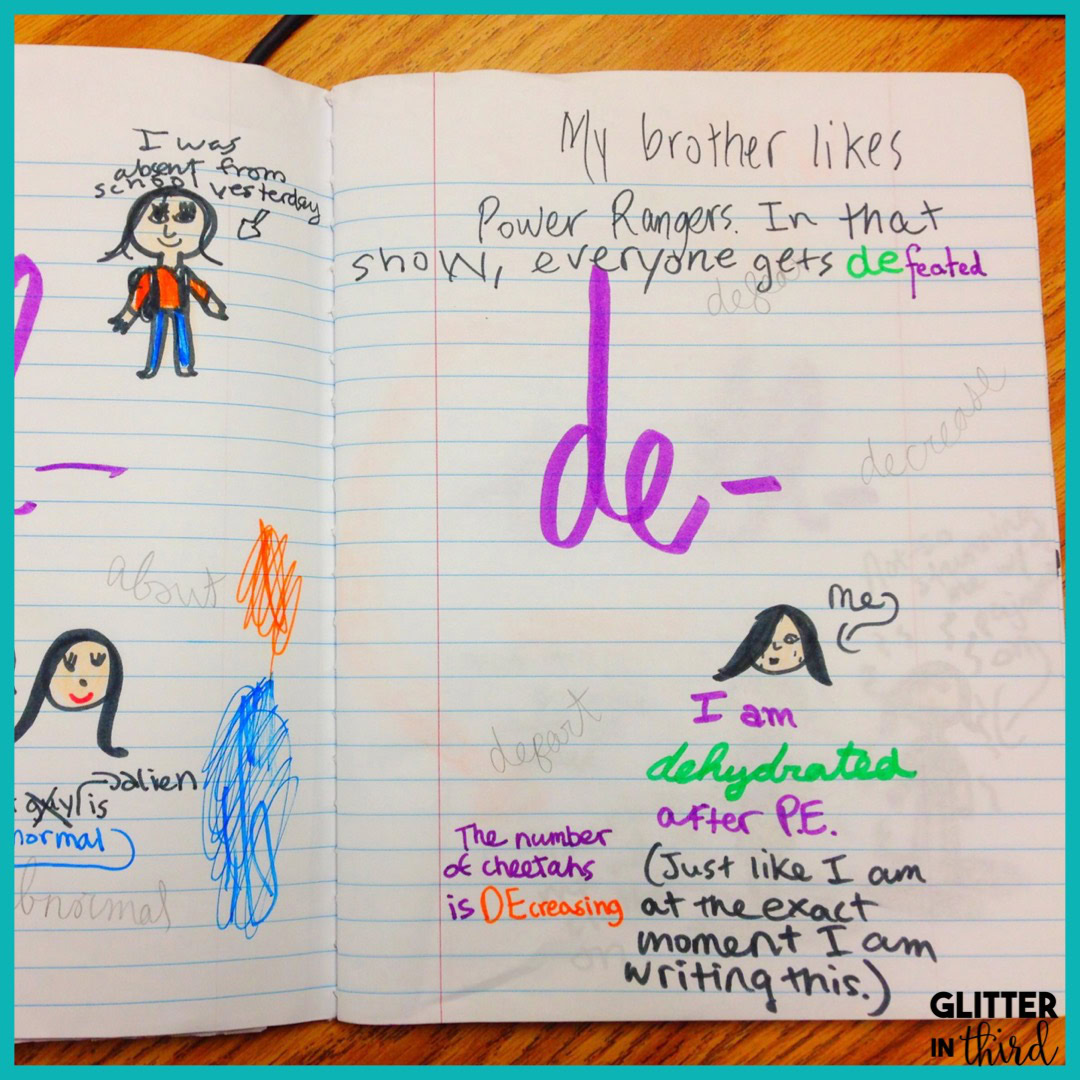
That’s why I carve out 10–15 minutes a day just for word parts. It may not seem like much, but that consistent, focused time makes a big difference.
I use a Morphology Notebook that walks students through weekly routines to build decoding and vocabulary together. Each week focuses on a few prefixes, suffixes, or roots—so students aren’t just memorizing word parts, they’re using them in context. It’s editable, easy to follow, and comes with Google Forms assessments for each week if you want to go digital. Once students get the routine down, it runs smoothly—and you’ll start seeing those connections show up in their reading and writing.
When kids can recognize morphemes, they’re not stuck guessing—they’re equipped with real tools to tackle tough words and grow as readers.
The Science of Reading reminds us that comprehension doesn’t just “click”—it’s something we build, step by step. That’s why it’s so important to model what good reading looks like and give kids simple, clear tools they can use on their own.
One way I do this is through a Reading Interactive Notebook. Students build it over time as they learn key strategies like predicting, questioning, inferring, and summarizing. Each page becomes a visual reminder of what that strategy means and how to use it. Best of all, they can revisit their notebook during read-alouds, small group discussions, or independent reading to support their thinking.
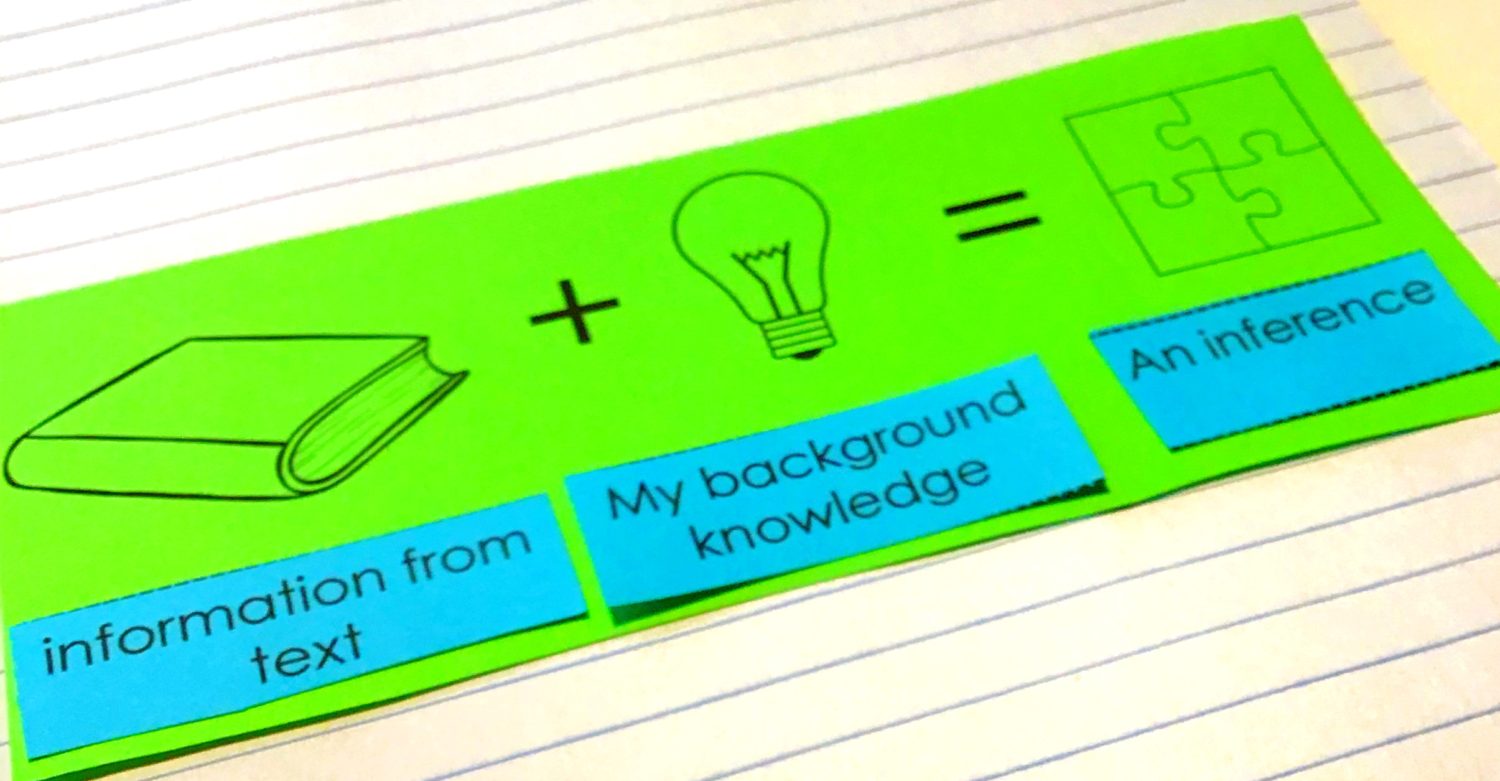
You can also make comprehension hands-on without any printables at all:
When strategies are visual and interactive, students are more likely to internalize them—and actually use them while reading.
The Science of Reading reminds us that comprehension depends on both word recognition and language comprehension. So once students can decode, we need to make sure they understand what they’re reading—and that means checking for comprehension in ways that are meaningful, not just test-like.
I love using Color-by-Number Reading Passages to reinforce both. Each one includes a short, skill-aligned fiction or nonfiction passage with targeted comprehension questions. As students answer, a mystery picture appears—giving them instant feedback and keeping them motivated.
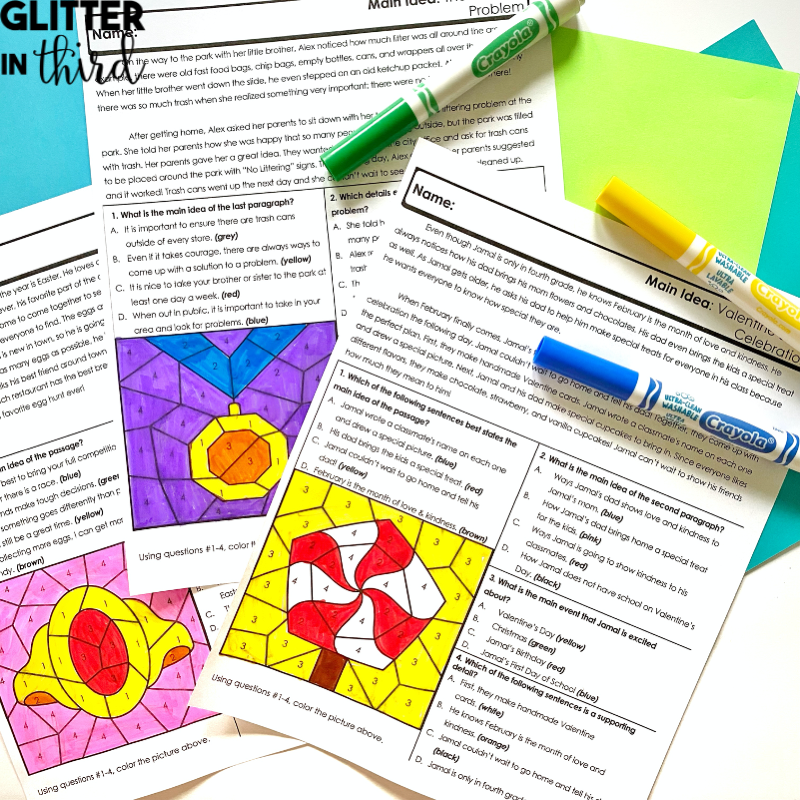
These are perfect for centers, independent practice, or quick check-ins. They reinforce key strategies like finding the main idea, making inferences, and using context clues—without the pressure of a traditional quiz.
You can also use no-prep alternatives like:
The goal is to make checking for understanding feel part of the process, not just the end result.
One of the biggest takeaways from the Science of Reading is that comprehension doesn’t just happen—it’s taught. Students need regular, explicit instruction in strategies like making inferences, identifying main ideas, asking questions, and summarizing. These aren’t skills we can just sprinkle in—they need to be modeled, practiced, and reinforced over time.
But reinforcing comprehension strategies doesn’t have to mean boring worksheets or endless repetition.
That’s where something like a Reading Strategies Jeopardy Game comes in. It makes review more engaging while targeting essential skills like main idea, inference, and summarizing. Use it for whole-group review, small groups, or stations—it’s editable, so you can easily tailor it to your current lessons or reteaching goals.
It’s quick to prep, fun to play, and gives students the repeated exposure they need—without the eye rolls.
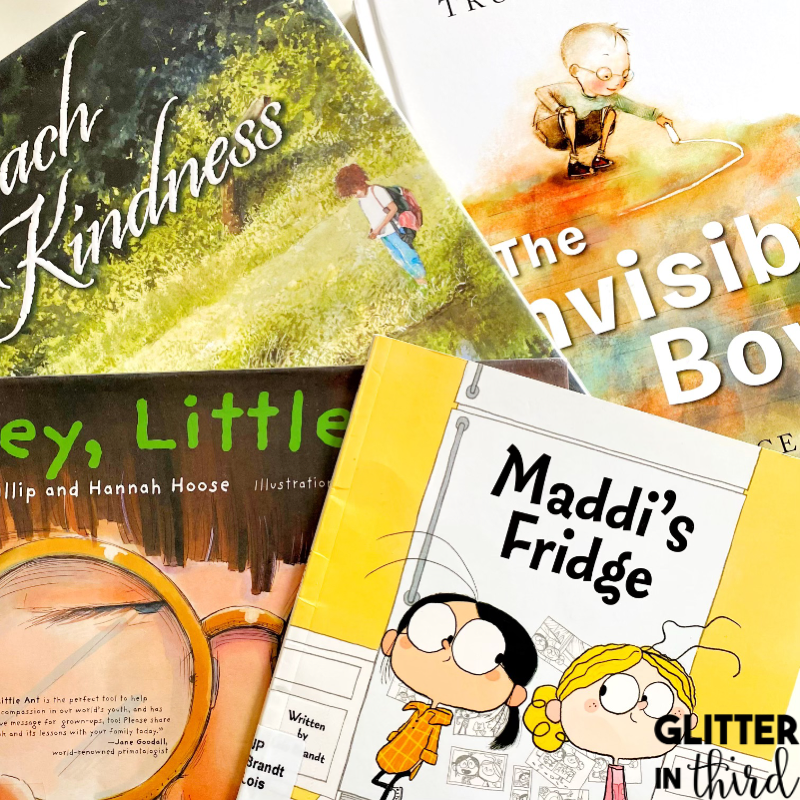
Don’t underestimate the power of a good read-aloud. The Science of Reading reminds us that background knowledge and vocabulary are essential to comprehension—especially as texts become more complex in 3rd grade.
Reading rich, engaging books—especially nonfiction—helps students build the knowledge they need to make sense of what they read. Read-alouds also give you a chance to model strategies like questioning, inferring, and summarizing in a low-pressure way.
And it’s not just nonfiction—high-quality fiction with rich language and deeper themes builds comprehension too. A quick pause to explain a tricky word or unpack a sentence structure can go a long way.
Even 10–15 minutes a day of purposeful reading aloud adds up—and it’s one of the simplest, most effective ways to grow stronger readers.
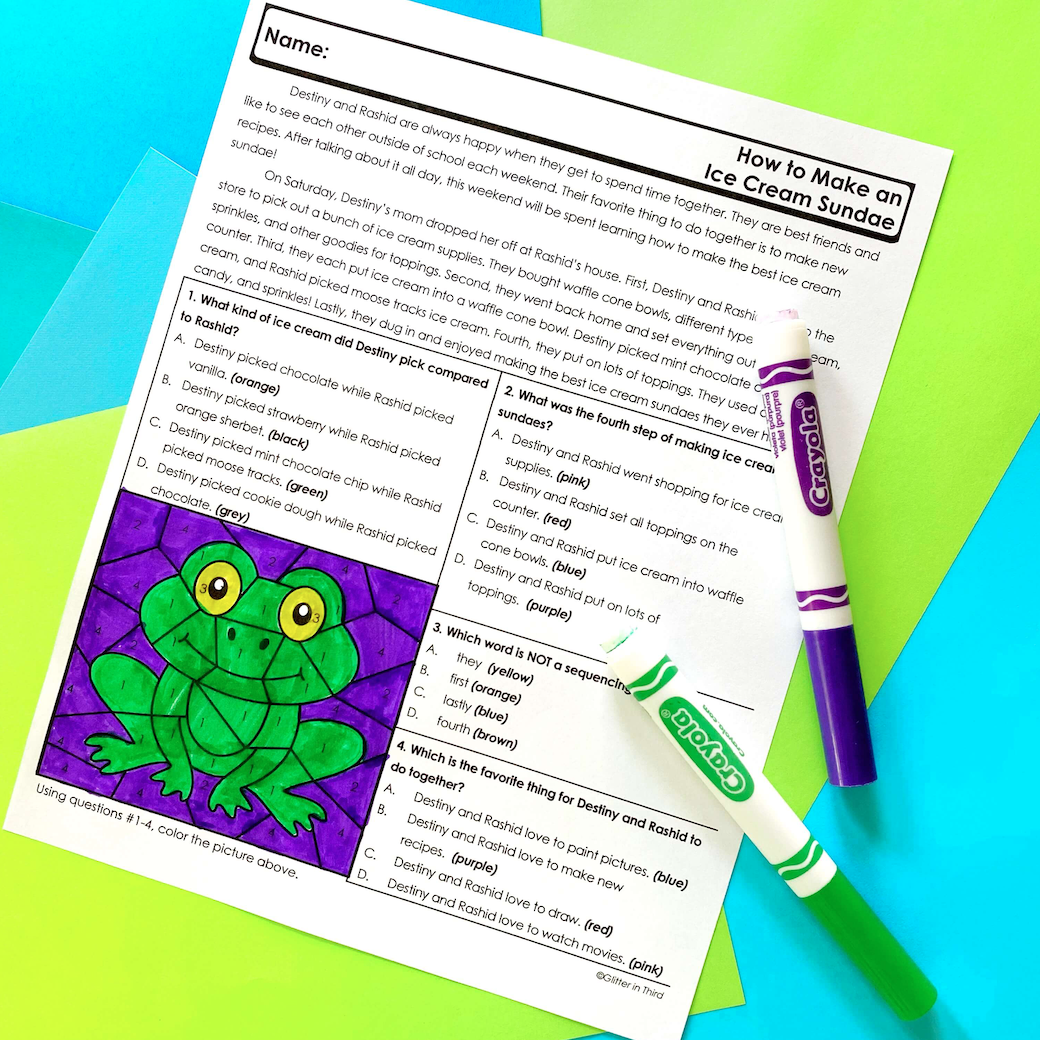
I’ve got a free color-by-number reading passage that’s fun, no prep, and a great way to check for understanding. Drop your name and email below, and I’ll send it straight to your inbox!
The Science of Reading doesn’t have to be overwhelming—and it doesn’t mean starting from scratch. By weaving in just a few intentional routines, you can support both word recognition and language comprehension in a way that’s meaningful, manageable, and effective for your 3rd graders.
Whether you’re introducing morphology with word parts, reinforcing strategies with color-by-number passages, or building knowledge through read-alouds and discussion, you’re moving in the right direction. Small shifts really can make a big impact.

Hey there, I’m Kelly! I I love helping teachers save time with technology and resources so they have more hours in the day to spend with family and friends. Take a look around to find new ideas that you can implement in your classroom today!